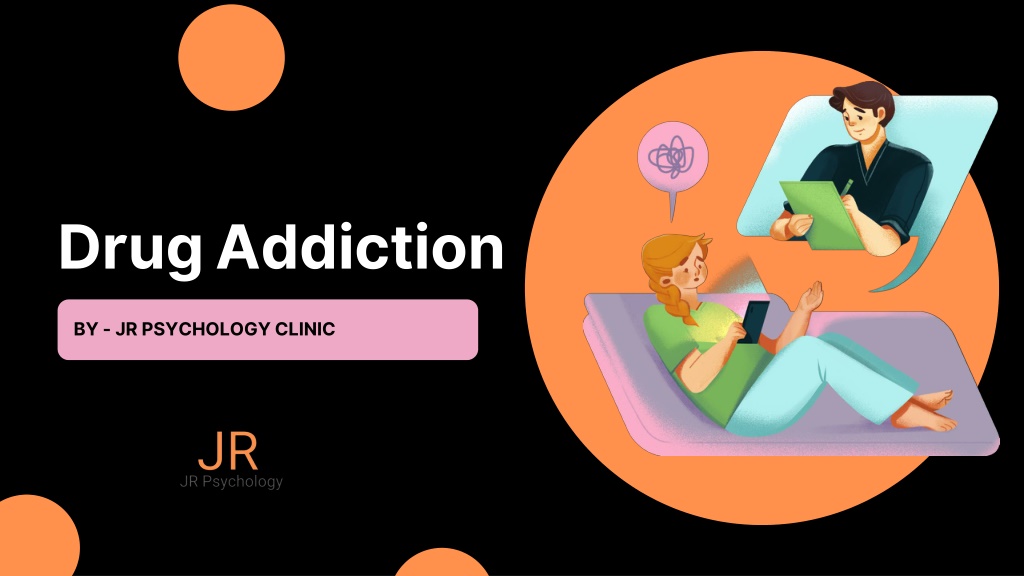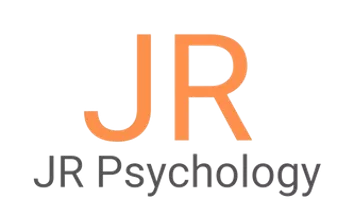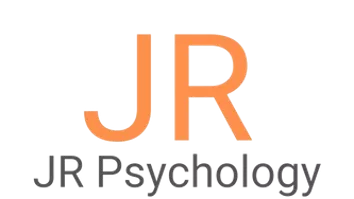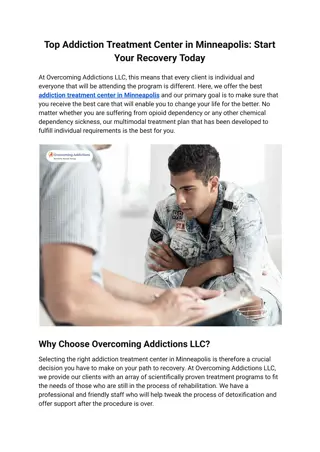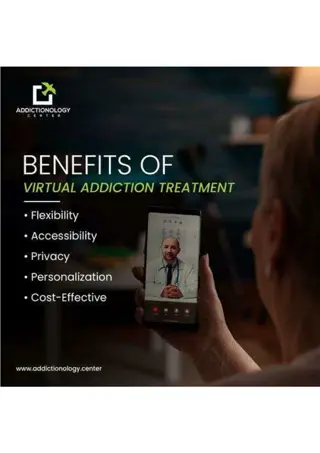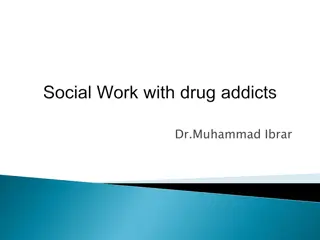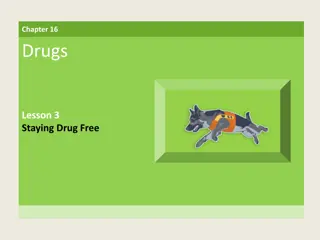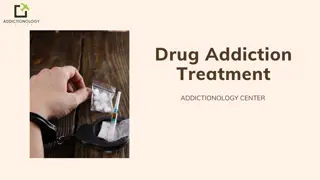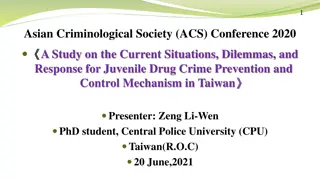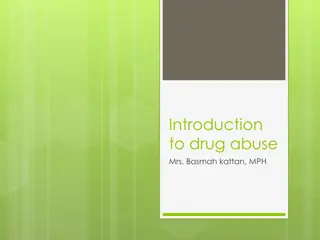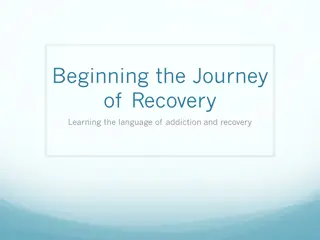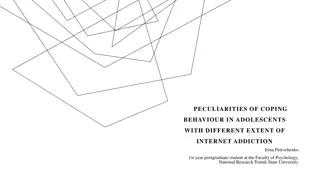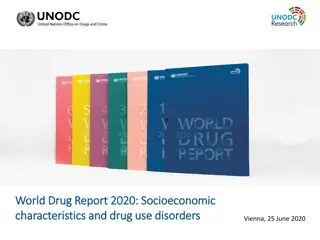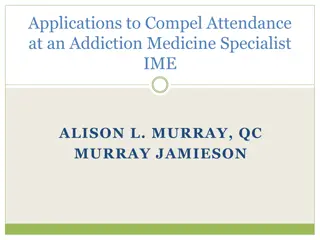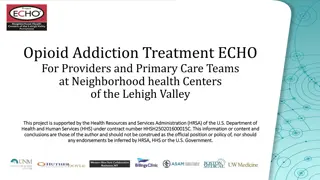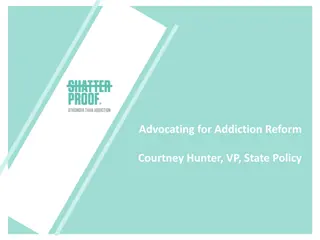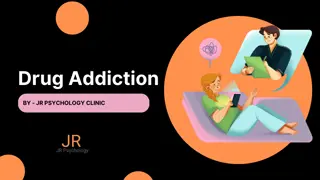Drug Addiction Among Students
Drug addiction among school students is a complex issue that requires the collective efforts of families, schools, and communities. By understanding the risk factors, implementing prevention strategies, and providing support for those in need, we can
Download Presentation

Please find below an Image/Link to download the presentation.
The content on the website is provided AS IS for your information and personal use only. It may not be sold, licensed, or shared on other websites without obtaining consent from the author.If you encounter any issues during the download, it is possible that the publisher has removed the file from their server.
You are allowed to download the files provided on this website for personal or commercial use, subject to the condition that they are used lawfully. All files are the property of their respective owners.
The content on the website is provided AS IS for your information and personal use only. It may not be sold, licensed, or shared on other websites without obtaining consent from the author.
E N D
Presentation Transcript
Drug Addiction BY - JR PSYCHOLOGY CLINIC
The issue of drug addiction among school students is a growing concern that has far-reaching implications for individuals, families, and communities.
The Alarming Statistics This early initiation can lead to a higher risk of physical and mental illnesses, diminished overall health and well-being, and the potential progression to addiction.
Understanding the Risk Factors Several risk factors contribute to high-risk substance use among youth. These include a family history of substance use, poor parental monitoring, parental substance use, family rejection of sexual orientation or gender identity.
Prevention and Intervention Preventing high-risk substance use among youth requires a multifaceted approach. Research has identified protective factors that can buffer youth from risky behaviors, including parent or family engagement, family support, parental disapproval of substance use, parental monitoring, drug addiction treatment Melbourne and school connectedness.
The Role of Schools Schools play a critical role in tackling substance use. They can provide education on the dangers of drug use, create supportive environments that promote mental health and well-being, and implement evidence-based policies and programs to prevent substance use.
The Need for Tailored Solutions Tailored evidence-based policies, programs, and practices are urgently needed to reduce risk factors for adolescent substance use and promote protective factors.
Conclusion Drug addiction among school students is a complex issue that requires the collective efforts of families, schools, and communities. By understanding the risk factors, implementing prevention strategies, and providing support for those in need, we can work towards a future where our youth are free from the grip of addiction.
